Whole-Grain Spelt, a subspecies of wheat, is a very old cereal grain. Although visually similar to wheat, spelt differs in that its husk is harder and its nutritional profile is more complex.
In most cases, spelt flour can be substituted for wheat flour. Nuttier than wheat, it adds a new dimension to baked foods. Pasta and crackers made from spelt that have already been packed are also rather popular.
Table of Contents
What is Whole-Grain Spelt?
Whole-Grain Spelt is linked to wheat and is considered a member of the wheat family. Spelt most likely originated through a cross between emmer wheat and wild goat-grass. Spelt is closely related to common "bread" wheat, but it has become a "relict" crop due to the widespread adoption of bread wheat. However, it is seeing a renaissance as a superfood across Europe, particularly in Spain and the United Kingdom. Because of its high content of nutrients, vitamins, minerals, and important organic components, spelt has recently seen a resurgence in popularity. This ancient grain is recognised as Triticum spelta in the scientific community but goes by the names hulled wheat and dinkel wheat in common parlance.
Origin and cultivation of Whole-Grain Spelt:
Spelt has been existing for almost 9000 years. Grain Spelt were grown by ancient European and Middle Eastern cultures, as has been proven by archaeological evidence. Several Roman texts and the Old Testament make this argument. Numerous Stone Age digs in Europe, including Britain, have uncovered carbonated grains of spelt. Even after the turn of the century, its popularity remained high, especially in Eastern Europe. According to records from that same location in Germany, dated 1850, spelt was grown on 94% of the grain acreage and bread wheat on only 5%. Spelt's fast decline in popularity was evidenced by the rapid development of modern farming techniques. It's possible that farmers lost interest in growing spelt after the introduction of mixed harvesters that could also harvest typical bread wheat. This is because, unlike regular wheat, each grain of spelt has a tough outer husk that must be removed before the grain can be ground into flour.
Thankfully, spelt was not completely lost to humankind; it was rediscovered in Europe in the mid-1980s, and has since had a significant rebirth in many areas of the world. Flour production cannot proceed without the addition of specialised machinery capable of de-hulling individual spelt grains at commercial scale. Those in the front of this revival, however, realised that the benefits to farmers and consumers from reviving this ancient grain were exceeded by the time and resources required to do so.
Nutritional value of Whole-Grain Spelt:
The nutrient content of 1 cup of cooked spelt flour is as follows: 246 calories, 2 grammes of fat, 0 milligrammes of cholesterol, 10 milligrammes of sodium, 51 grammes of carbohydrates, 8 grammes of dietary fibre, 11 grammes of protein, 5 milligrammes of niacin, 0.2 milligrammes of thiamine, 0.2 milligrammes of vitamin B6, 25 micrograms of folate, 0.5 milligrammes of vitamin E, 2.1
Health benefits of Whole-Grain Spelt:
Aids digestion and promotes good health:
Spelt's high fibre level suggests it promotes good digestion in significant ways. Constipation, bloating, cramps, excessive gas, diarrhoea, and even more serious intestinal problems like ulcers can all be alleviated with the help of dietary fibre, which helps to thicken up the stool and move food through the digestive system, so increasing the absorption of nutrients. When compared to other types of wheat, spelt has the highest fibre level.
Facilitates the synthesis and control of hormones:
Spelt is a good source of several essential vitamins, including niacin. Niacin is essential to the body because it helps the adrenal glands produce sex hormones. Keeping up appropriate niacin levels by eating spelt is highly recommended because the endocrine system is such a delicate and crucial part of our health and general functioning.
Facilitates cholesterol reduction:
Fibre in the diet also plays a crucial role in the body by assisting in the reduction of harmful cholesterol levels. Both the communication systems involved in cholesterol uptake and the prevention of cholesterol absorption from food can be influenced by dietary fibre. To maintain a healthy level of fatty acids in the body, it may really target LDL cholesterol and eliminate it from the body.
Facilitates enhanced blood flow:
Spelt's strong iron and copper content work together to significantly improve blood flow. Red blood cell production necessitates iron and copper, and when RBC production is high, blood circulation is as well. This results in better oxygen delivery to organs and tissues, faster recovery times, more sustained energy levels, and a more efficient metabolic rate. The iron component helps the body avoid becoming anaemic, and the improved circulation may also promote hair growth.
Beneficial for bone health maintenance:
Spelt has a wide variety of minerals that are crucial to maintaining strong bones. Components such as zinc, magnesium, copper, phosphorus, and selenium are included. It is feasible to take steps to prevent osteoporosis and other age-related disorders that weaken or deteriorate the bones inside the body by increasing the amounts of certain minerals inside the body, which contribute to the creation of bone tissue.
Facilitates maturation and expansion:
Spelt's high phosphorus and protein content make it crucial for the formation of new cells, blood vessels, tissues, bones, and organs. Phosphorous is essential in the production of new proteins and in the synthesis of DNA for the development of new cells. Proteins obtained directly from spelt can be degraded into their component amino acids and reformed for use in virtually all critical physiological activities.
Promotes a strong immunological response:
In addition to alleviating mental strain, thiamine is known to significantly strengthen the body's immune system and increase its defensive systems. Spelt is one of the few cereals that has the potential to contain a sizable amount of vitamin-B.
Facilitates Diabetes Management:
The high fibre content of spelt can help fight diabetes and manage the release and decomposition of simple sugars into glucose, despite the fact that simple sugars and carbohydrates are known to be harmful for diabetic people. It aids in the management of diabetes in persons who are already struggling with it by regulating the amount of insulin and glucose the body produces.
Aids those suffering from migraines:
Spelt and spelt-based products, which are high in Riboflavin, have been demonstrated to reduce the frequency of migraine attacks. You can get roughly 76.5 percent of your daily riboflavin needs from eating just two ounces of bread or other baked goods prepared from whole grain spelt.
Reduces the risk of developing gallstones:
Insoluble fiber-rich foods, such as spelt, may assist women avoid developing gallstones, according to the research. Faster intestinal transit is just one benefit of insoluble fibre; it also reduces the production of bile acids, which can contribute to gallstone formation if they're produced in excess. The insoluble fibre not only reduces triglycerides but also improves insulin sensitivity.
Breast cancer prevention:
The greatest protection against breast cancer is provided by the fibre found in whole grains. Women before menopause who consumed the highest amount of full-grain fibre had a 41% lower risk of contracting breast cancer compared to women who consumed the least whole grain fibre.
Promotes heart health and aids in the prevention of atherosclerosis:
High amounts of poor cholesterol lead to atherosclerosis, which in turn contributes to cardiovascular disease. Total cholesterol levels can be reduced with niacin's support. Spelt is a great way to increase your Niacin consumption. Niacin has been linked to a reduced risk of blood clot formation. In addition, the dietary fibre found in spelt can aid in reducing both total and LDL cholesterol levels. Postmenopausal women who have high cholesterol, high blood pressure, or other warning symptoms of cardiovascular disease should increase their consumption of whole grains like spelt to at least six servings per week. The development of atherosclerosis is slowed in those who consume spelt.
Uses of Whole-Grain Spelt:
The applications of spelt are numerous. Breads, pastas, cookies, cakes, muffins, crackers, cereals, pancakes, and waffles can all be made with spelt flour instead of modern "common" wheat flour. De-hulled, whole spelt grains can be cooked and eaten in the same way as rice, and are available in addition to spelt flour.
Side-effects of Whole-Grain Spelt:
People with celiac disease may experience adverse reactions to spelt because of its gluten content. The prevalence of the severe intestinal illness known as celiac disease is rising worldwide. Childbirth, pregnancy, significant emotional stress, surgery, or a viral infection can sometimes activate celiac disease, which is also known as celiac sprue, nontropical sprue, and gluten-sensitive enteropathy. According to the findings of several studies, spelt flour is a celiac-toxic cereal that should be avoided by those with celiac disease. Diarrhoea, abdominal pain, bloating, skin rash, muscle cramps, joint pain, and weariness can all result from eating too much spelt.

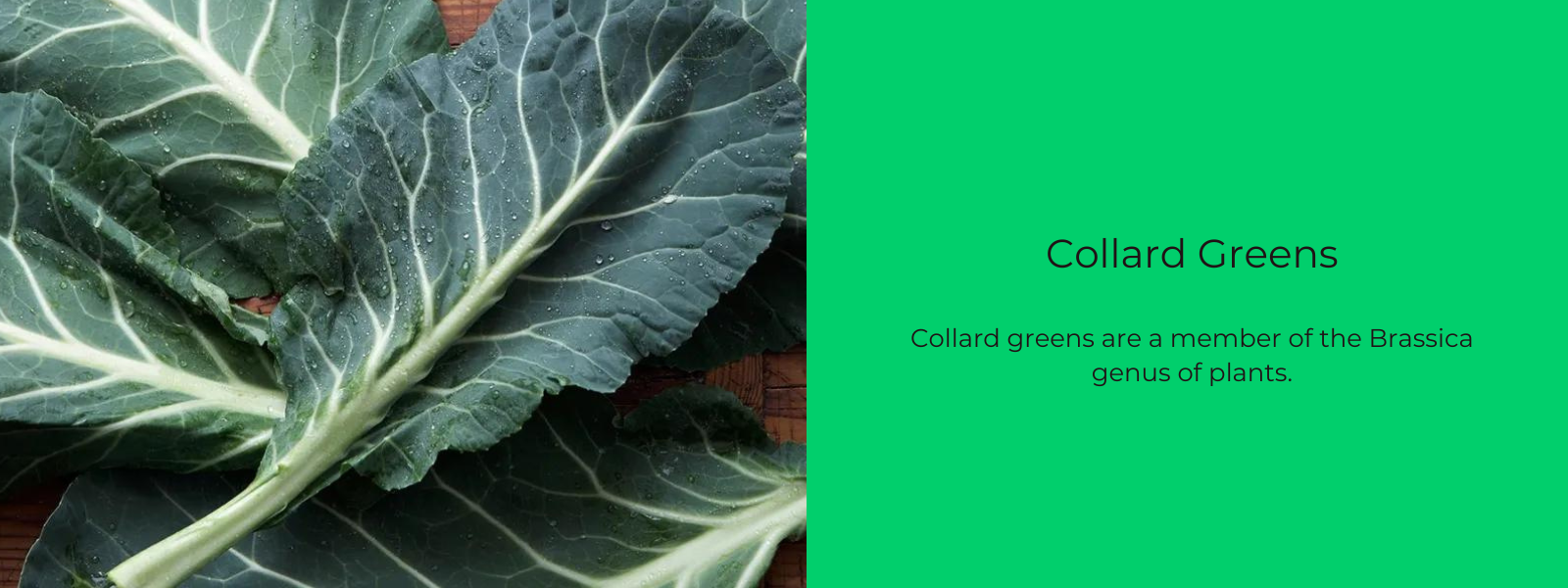
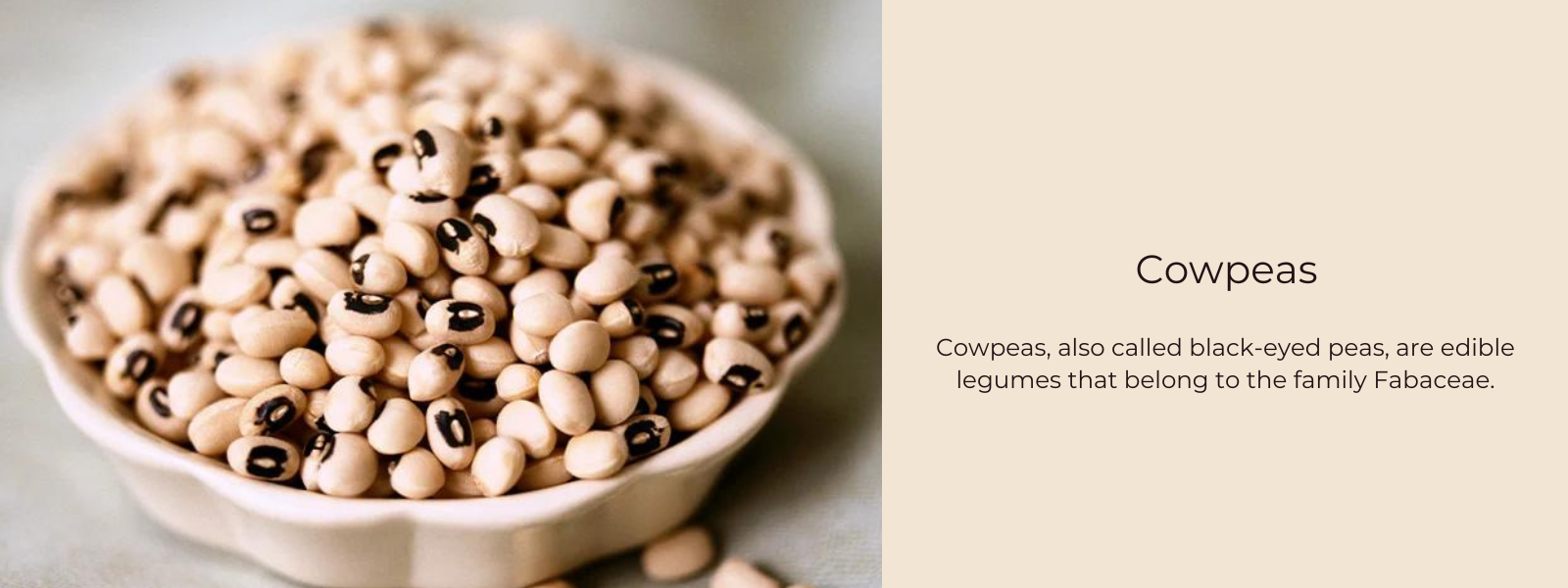

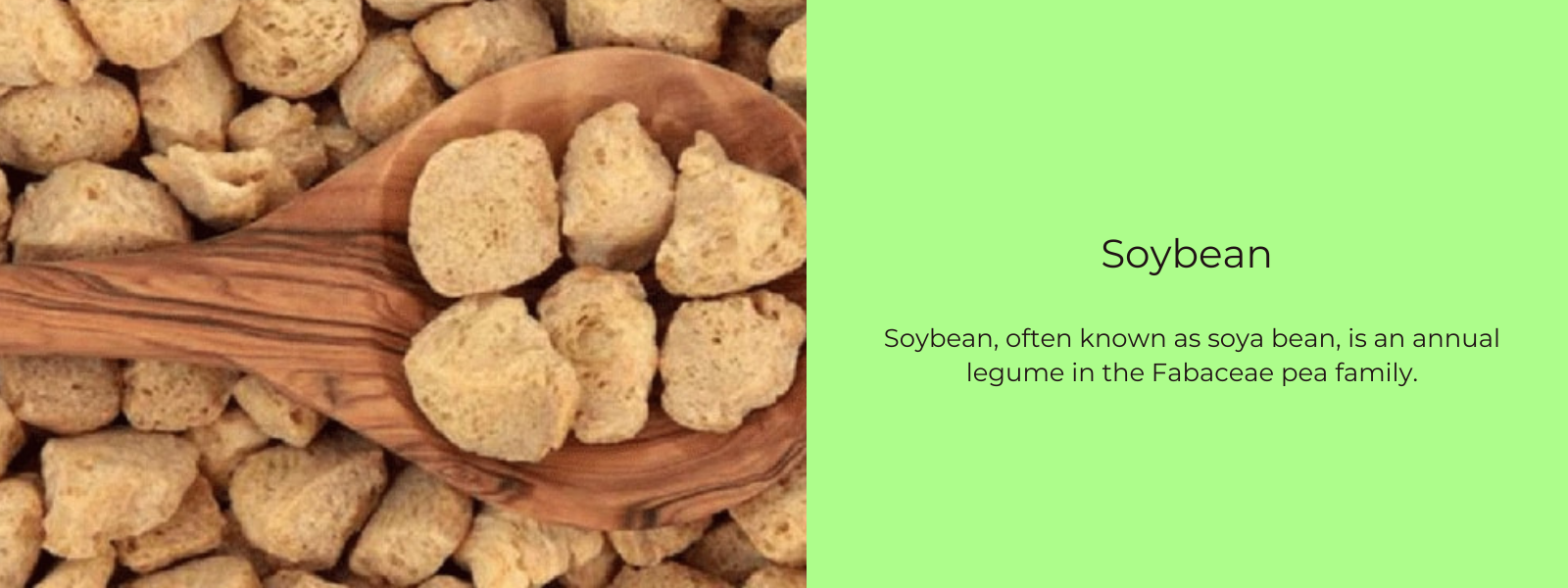
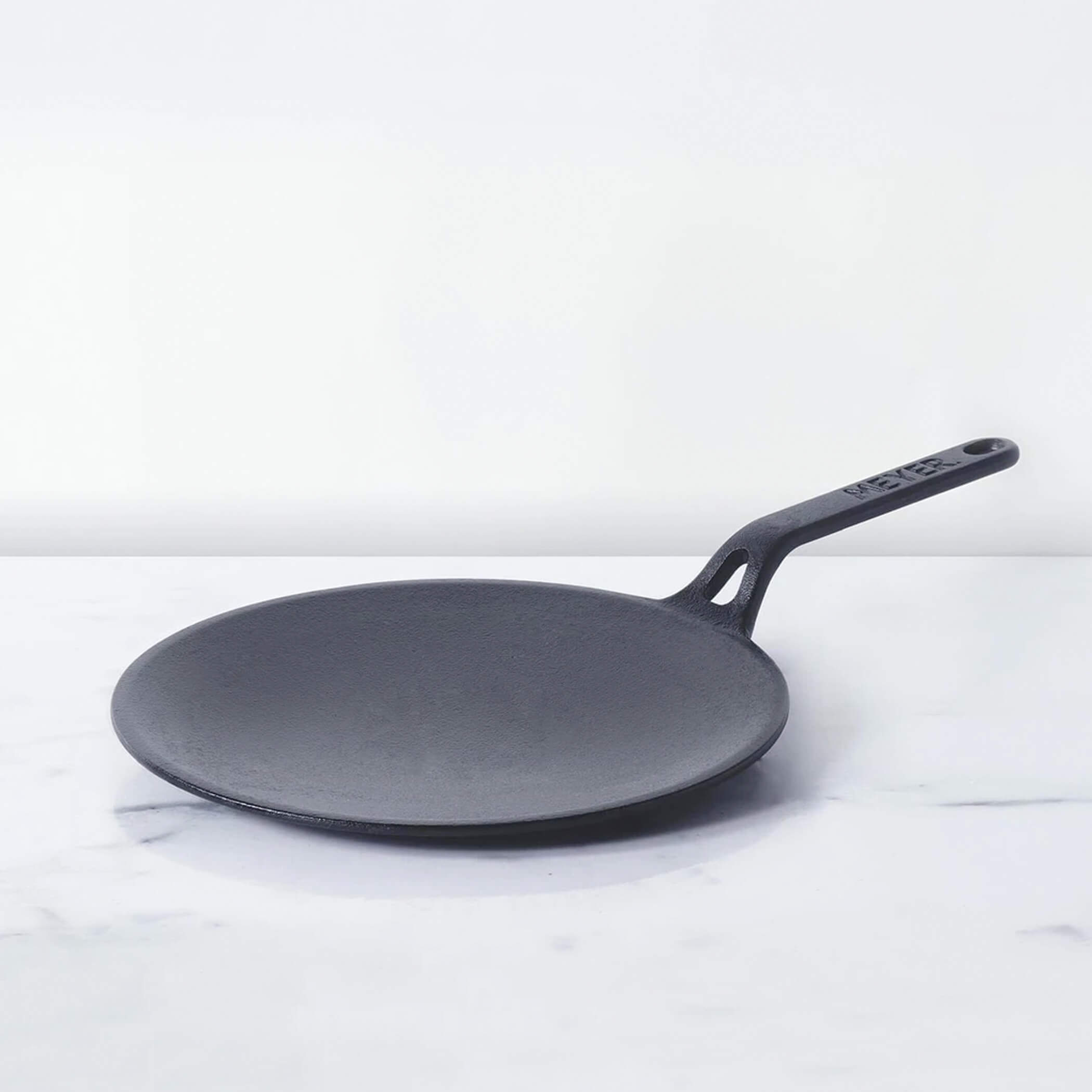
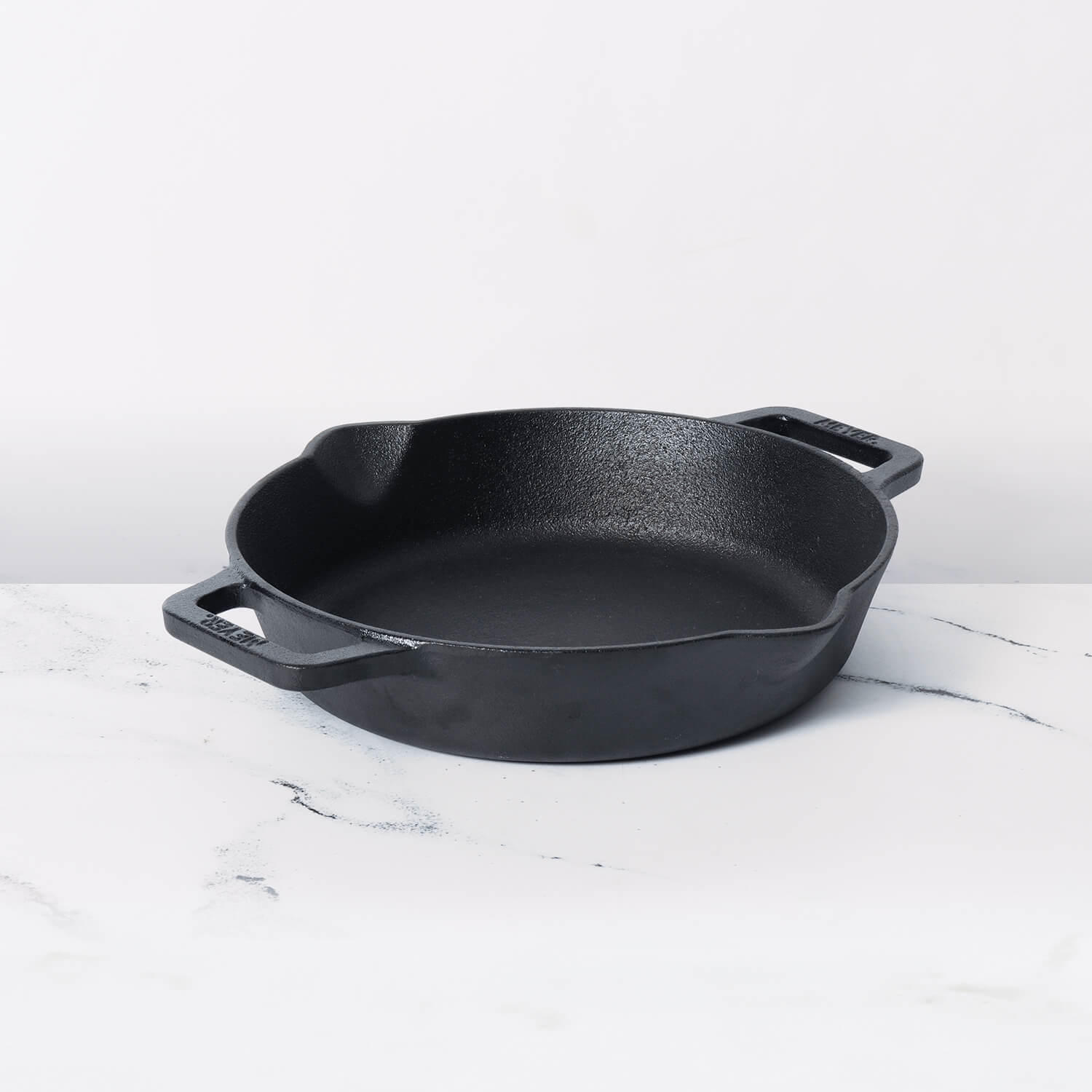




Leave a comment